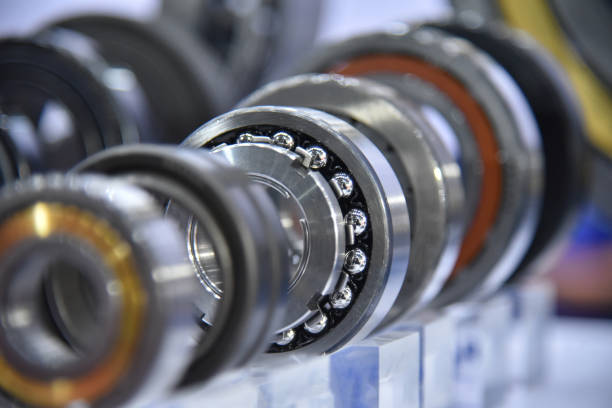
Introduction
Ball bearings play a crucial role in reducing friction between moving parts, making them essential in various industries. From automotive to industrial machinery, they provide smooth operation, enhance efficiency, and extend the lifespan of equipment.
What Are Ball Bearings?
Ball bearings are mechanical components consisting of inner and outer rings, steel balls, and a cage to maintain even spacing. They work by reducing friction and enabling smooth rotational movement.
Types of Ball Bearings
- Deep Groove Ball Bearings – Ideal for high-speed applications.
- Angular Contact Ball Bearings – Designed for handling radial and axial loads.
- Thrust Ball Bearings – Best for low-speed applications requiring axial load support.
- Self-Aligning Ball Bearings – Suitable for misalignment-prone setups.
- Miniature Ball Bearings – Used in precision instruments and small devices.
Applications of Ball Bearings
- Automotive Industry – Used in wheels, transmissions, and engines.
- Industrial Machinery – Essential for conveyor belts, motors, and pumps.
- Medical Equipment – Found in MRI scanners and dental drills.
- Aerospace – Used in aircraft engines and navigation systems.
Benefits of Ball Bearings
✔ Reduced Friction – Ensures smooth rotation and efficiency.
✔ Enhanced Durability – High-quality materials increase lifespan.
✔ Versatile Applications – Suitable for multiple industries.
✔ Cost-Effective – Prevents machinery damage and reduces maintenance costs.
Conclusion
Ball bearings are essential components that improve efficiency and performance across industries. Choosing the right type can significantly enhance equipment reliability and longevity.